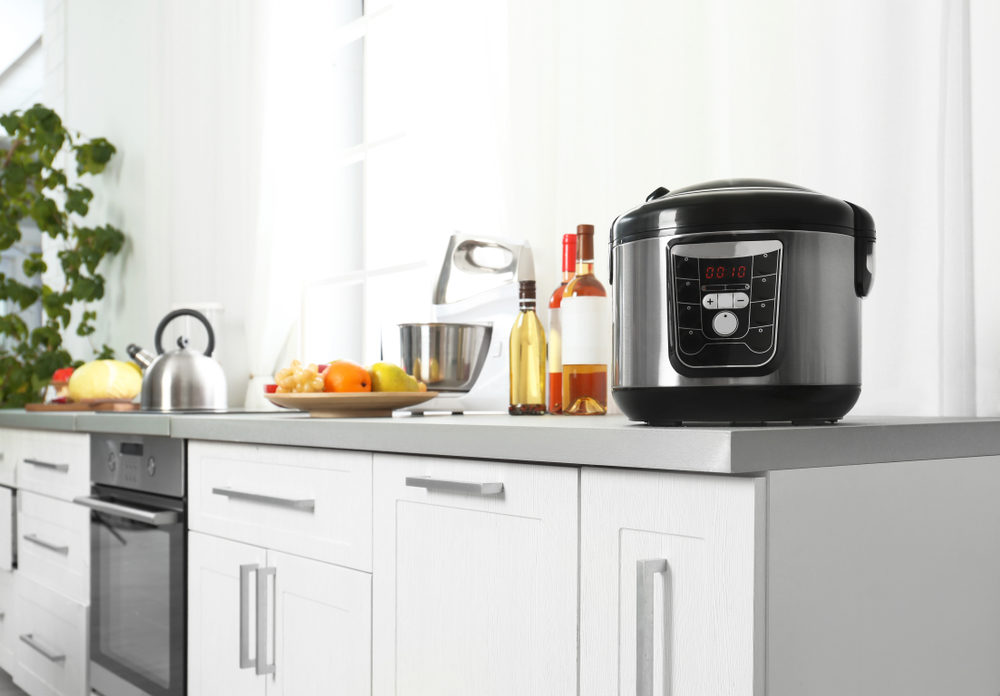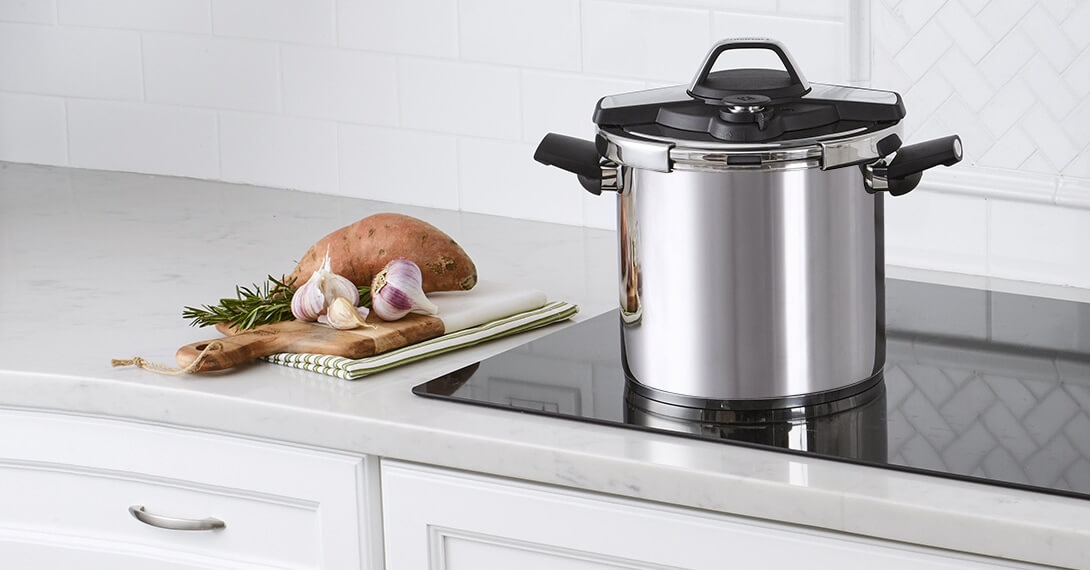How to Cook a Boston Butt in a Pressure Cooker: A Comprehensive Guide for Tender, Delicious Pulled Pork
Written By James Morgan
Envisioned by barbecue enthusiasts across the globe, the Boston Butt is well-loved for its rich flavors and tender meat that practically melts in your mouth. If you've ever wondered how to cook a Boston Butt in a pressure cooker, then this comprehensive guide is just for you. Cooking a Boston Butt in a pressure cooker may seem daunting, but this step-by-step guide will turn you into a pitmaster in your own kitchen.

The Charm of Boston Butt
Kicking things off, let's delve into what makes the Boston Butt so special. Known for its juicy marbling of fat that renders beautifully during cooking, a Boston Butt is not actually from the hindquarters of the pig but rather the upper part of the shoulder. Its misleading name adds to the charisma of the cut.
This pork shoulder cut is a favorite for making pulled pork due to its unrivaled flavorful profile. Traditionally slow-cooked to perfection over hours, the recent adaptation of using a pressure cooker has revolutionized the speed and ease with which you can prepare this dish, all while maintaining its revered taste and texture.

Essential Ingredients
- 1 whole Boston Butt (approximately 4-6 pounds)
- 2 tablespoons olive oil
- 1 large onion, chopped
- 4 cloves garlic, minced
- 2 cups chicken broth
- 1 cup apple cider vinegar
- 1/4 cup Worcestershire sauce
- 1/4 cup brown sugar
- 2 tablespoons smoked paprika
- 1 tablespoon chili powder
- 2 teaspoons ground cumin
- 2 teaspoons salt
- 1 teaspoon black pepper
- 1 teaspoon dried thyme

Tools You'll Need
Before we dive into the detailed process of how to cook a Boston Butt in a pressure cooker, let's make sure you have all the necessary tools ready. Heres a quick checklist:
- Pressure Cooker
- Sharp Knife
- Cutting Board
- Mixing Bowls
- Measuring Cups and Spoons

Preparing the Boston Butt
Preparation is key to ensuring that your Boston Butt will cook evenly and develop into a delectable meal. Start by trimming any excess fat from your Boston Butt using a sharp knife. Although some fat is beneficial in making the meat juicy during cooking, large chunks should be removed to prevent an overly greasy finished product.
Once trimmed, place the Boston Butt on a cutting board and season it liberally. The boldness of your spices will significantly contribute to the final flavor. Aim for a balanced blend of sweet, smoky, and savory flavors. In a small bowl, mix together the smoked paprika, chili powder, cumin, salt, pepper, and thyme, then rub this spice mixture thoroughly into the meat.
Searing for Maximum Flavor
One of the best-kept secrets in achieving restaurant-quality meat is the initial sear, which locks in flavors and adds a depth of caramelized goodness. Heat your pressure cooker to the saut setting, add 2 tablespoons of olive oil, and let it warm up. Once hot, place your seasoned Boston Butt into the cooker. Sear on all sides until you witness a beautiful brown crust forming. This crucial step should not be rushed; the extended time and attention will be well worth the effort.
Cooking Aromatics
After searing the meat, set it aside on a clean plate. Add chopped onions to the same pressure cooker, and stir for a few minutes until they begin to soften. Follow by adding minced garlic and cooking until fragrant. The goal here is to develop layers of flavor that will infuse into your Boston Butt during the pressure cooking process.
Creating the Flavorful Liquid
A key component of the pressure-cooking method is the flavorful liquid that will permeate the meat with every drop. Pour the chicken broth into the pressure cooker, using a wooden spoon to scrape up the tasty brown bits at the bottom of the pot. These browned bits are packed full of flavor and are not to be wasted.
Following the broth, add apple cider vinegar, Worcestershire sauce, and brown sugar. These ingredients will create a mouthwatering mix of tangy, sweet, and savory notes. Stir well to combine, making sure the sugar completely dissolves into the liquid.
Time to Pressure Cook
Finally, its time to cook! Carefully place your seared Boston Butt back into the pressure cooker. Ensure that the butt is partially submerged in the liquid but not completely drowned. Seal the lid of your pressure cooker and set it to high pressure. Cook for 90 minutes, which typically yields ultra-tender, easily shreddable pork. Cooking times may vary slightly depending on the size of your Boston Butt.
Once the timer finishes, allow for a natural pressure release for about 15 minutes before opening the valve for a quick release. Patience is crucial here, as the quick release may lead to a sudden burst of steam and a less optimal texture.
Shredding the Boston Butt
Lift the cooked Boston Butt out of the pressure cooker and place it on a cutting board. With two forks, shred the meat thoroughly. You'll notice how effortlessly the meat falls apart, a clear sign of its tender perfection.
After shredding, you can return the meat to the pressure cooker to absorb some of the remaining liquid, amplifying the flavors even more. Stir gently, ensuring the meat and sauce blend thoroughly.
Serving Suggestions
The beauty of perfectly cooked Boston Butt lies in its versatility. One popular serving suggestion is to scoop the pulled pork onto soft, fresh buns to create mesmerizing pulled pork sandwiches. Add a generous dollop of barbecue sauce, cover with crispy coleslaw, and serve with a side of pickles for an iconic southern meal.
Alternatively, you can serve the shredded Boston Butt over a bed of steaming rice, or alongside creamy mashed potatoes and roasted vegetables. The savoriness of the meat pairs well with various sides, allowing for endless creative serving ideas.
Cleaning Up
Once youve enjoyed your savory meal, its important to not overlook the cleanup process. Using a suitable cookware cleaner such as a non-abrasive cleaner, is essential to maintaining your pressure cookers longevity. Wipe down your cutting board with a suitable cutting board oil to keep it in optimal condition for all future culinary projects.
As an Amazon Associate, I earn from qualifying purchases.
As an Amazon Associate, I earn from qualifying purchases.



